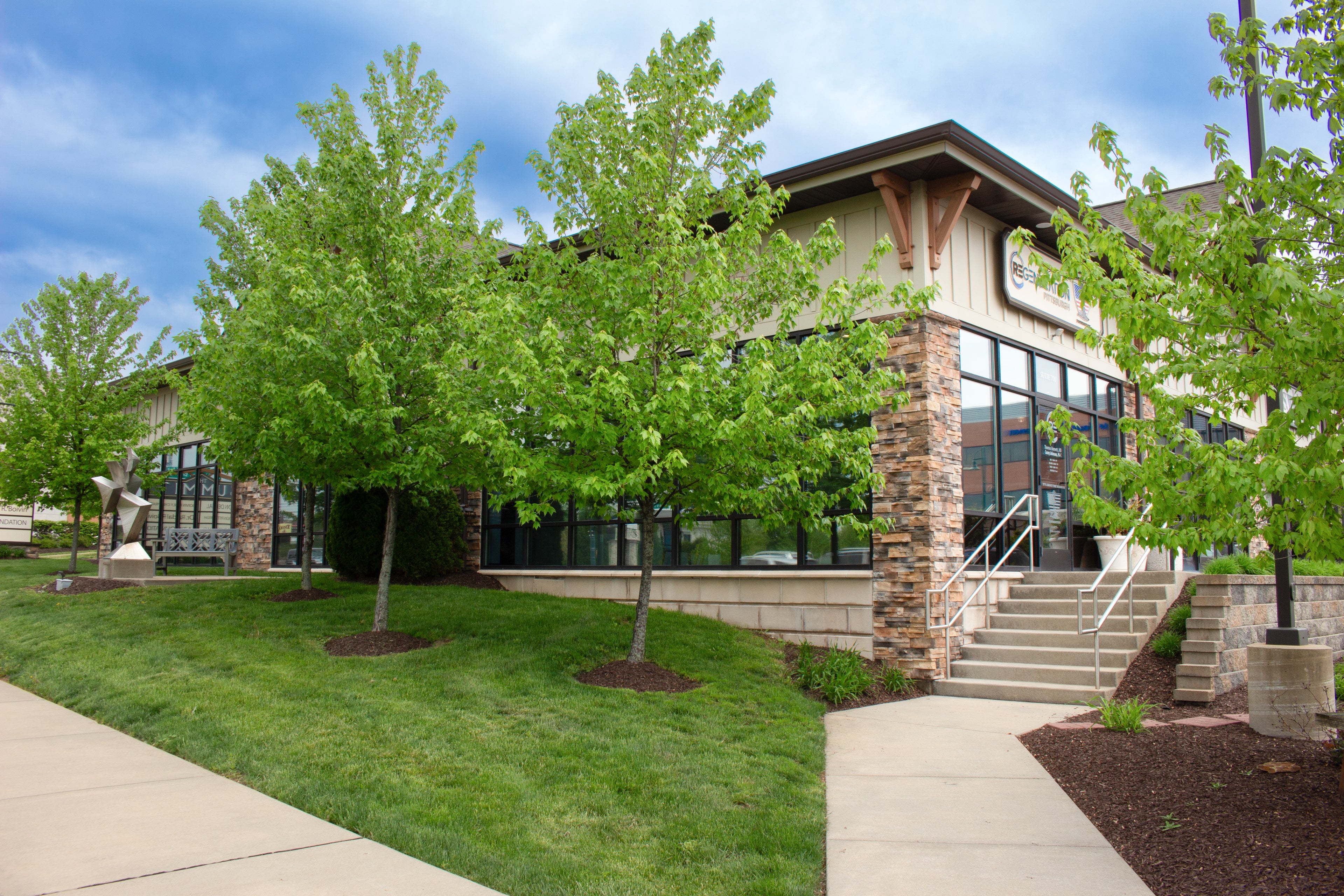Founded in 2017, Regeneration Pittsburgh emerged from a vision to redefine healthcare by integrating cutting-edge regenerative therapies with a compassionate, patient-centered approach. Our team of dedicated professionals specializes in non-opioid musculoskeletal pain management, sports medicine, regenerative aesthetics, and IV therapy, all aimed at restoring function and enhancing quality of life.
At Regeneration Pittsburgh, we believe in the body's innate ability to heal. By leveraging advanced treatments and a holistic understanding of each patient's needs, we strive to provide care that not only addresses symptoms but also promotes long-term wellness.



















